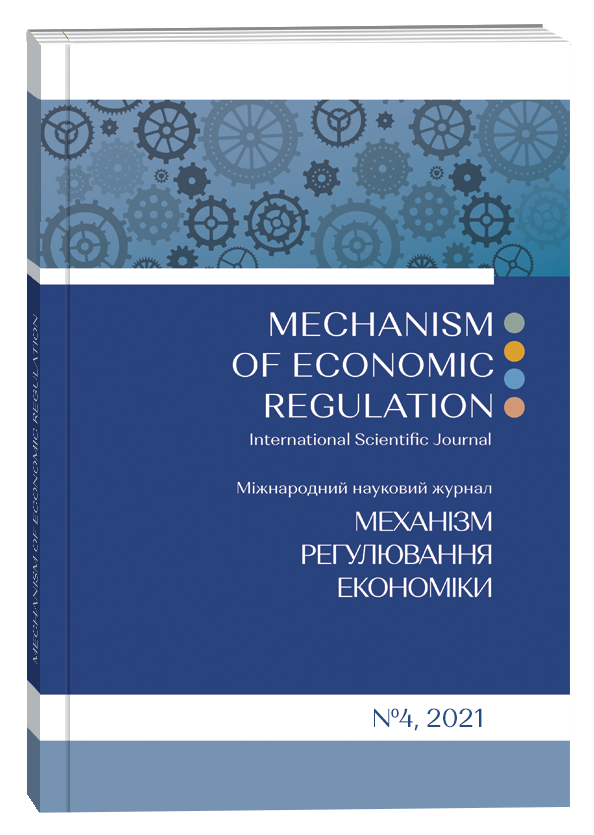THE INVESTIGATION OF THE MISSING LINK BETWEEN TRANSFORMATIONAL LEADERSHIP AND MOTIVATION
Abstract
Recently, new types of leadership have emerged, a new generation of leaders designed and developed new types of organizations. The best practices became the evidence of poor knowledge about the leadership phenomenon. In the paper, the authors made an attempt to synthesize the interpretations of the man key terms in motivation theory and to find the missing link between motivation and leadership. The motivation as system of components is in the centre of current research, namely needs, drive, aspirations. The traditional division in extrinsic and intrinsic motivation is complicated by tangible and intangible motivation. Some studies highlighted the importance of intangible motivation, and therefore new findings in this sphere are in focus of current research. The authors presented an overview of the key terms and their interpretations by the main contributors in motivation theory. The study of Nanus and Bennis is the main seminal work that introduced the Wallenda factor as a term to the world of leaders and strategists. Four strategies for leadership were analysed in this paper with specific emphasis on the Wallenda factor as the link between motivation and leadership. The strategies include managing through vision, creating of meaning via communication, positioning, and deployment of self through positive self-regard and the Wallenda factor. The observations prove that optimistic expectations may become a powerful driver of changes and increment innovations in the organization. The Wallenda factor of a leader might be a significant factor in setting challenging goals and motivating employees to achieve them. In contrast, the fear of failure may stop the innovation and ruin the organization that depends on the business environment. It is recommended to include positive thinking (or Wallenda factor) into the list of intangible factors of motivation at an organization.
References
Bennis, W., & Nanus, B. (1985). The strategies for taking charge. Leaders, New York: Harper. Row.
Burton, K. (2012). A study of motivation: How to get your employees moving. Management, 3(2), 232-234.
Eisenberger, R., & Shanock, L. (2003). Rewards, intrinsic motivation, and creativity: A case study of conceptual and methodological isolation. Creativity Research Journal, 15(2-3), 121-130.
Elliot, A. J., & Church, M. A. (1997). A hierarchical model of approach and avoidance achievement motivation. Journal of personality and social psychology, 72(1), 218-232
Fahrenberg, J. (2019). Wilhelm Wundt (1832-1920). Introduction, Quotations, Reception, Commentaries, Attempts at Reconstruction. New York: Fotolia. Available at: https://psycharchives.de/jspui/bitstream/20.500.11780/3783/1/WUNDT%20%2818321920%29.%20Complete%20Work%20%28Fahrenberg%205.10.2019%29.pdf
Furtner, M. R., & Rauthmann, J. F. (2013). The role of need for achievement in self-leadership: Differential associations with hope for success and fear of failure. African Journal of Business Management, 5(20), 8368-8375.
Gilley, A., Gilley, J. W., & McMillan, H. S. (2009). Organizational change: Motivation, communication, and leadership effectiveness. Performance improvement quarterly, 21(4), 75-94. DOI: 10.1002/piq.20039.
Hansen, F., Smith, M., & Hansen, R. B. (2002). Rewards and recognition in employee motivation. Compensation & Benefits Review, 34(5), 64-72.DOI: 10.1177/0886368702034005010.
House, R. J., & Mitchell, T. R. (1975). Path-goal theory of leadership. Washington Univ Seattle Dept Of Psychology. Available at: https://apps.dtic.mil/sti/pdfs/ADA009513.pdf
Kolot, A.M. (1998) Motivation, stimulation and evaluation of staff. Кyiv: KNEU.
Kuyatt, A. (2011). Managing for innovation: Reducing the fear of failure. Journal of Strategic Leadership, 3(2), 31-40.
Maslow, A. H. (1970). Motivation and personality. New York: Harper & Row.
Murray, H. A. (1938). Explorations in personality: A clinical and experimental study of fifty men of college age. New York: Oxford University Press.
Naile, I., & Selesho, J. M. (2014). The role of leadership in employee motivation. Mediterranean Journal of Social Sciences, 5(3), 175-182. DOI:10.5901/mjss.2014.v5n3p175.
Pink, D. H. (2011). Drive: The surprising truth about what motivates us. Penguin.
Ryan, R. M., & Deci, E. L. (2020). Intrinsic and extrinsic motivation from a self-determination theory perspective: Definitions, theory, practices, and future directions. Contemporary Educational Psychology, 61, 101860. DOI: 10.1016/j.cedpsych.2020.101860
Rybnicek, R., Bergner, S., & Gutschelhofer, A. (2019). How individual needs influence motivation effects: a neuroscientific study on McClelland’s need theory. Review of Managerial Science, 13(2), 443-482.DOI 10.1007/s11846-017-0252-1.
Ursakiі, Y., Kubitskyi, S. (2019) Leader's role in staff motivation. Bulletin of Chernivtsi Institute of Trade and Economics, 1 (2), 325-338.


